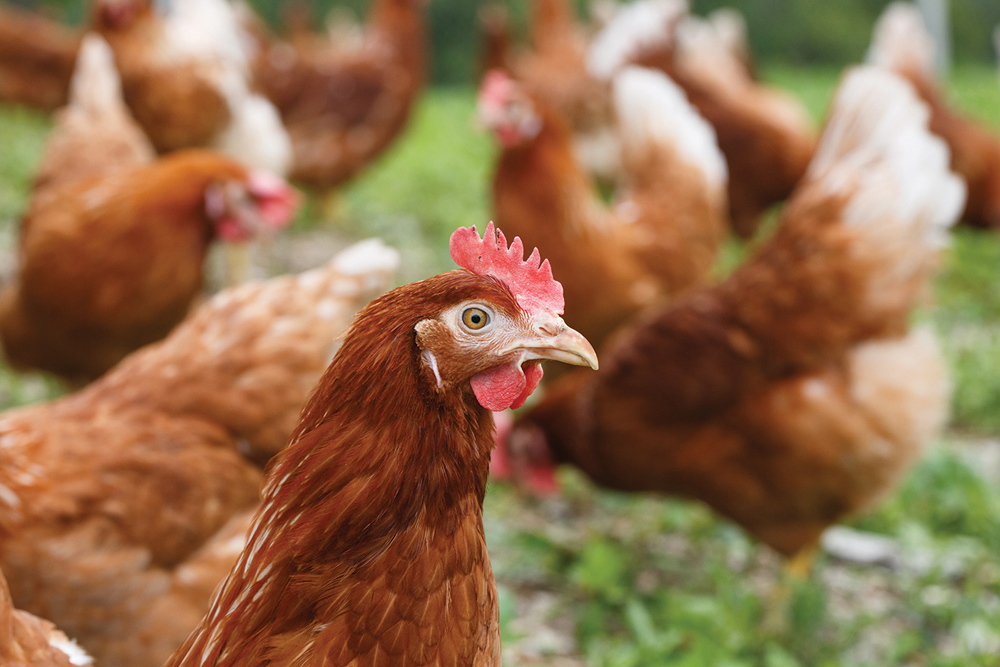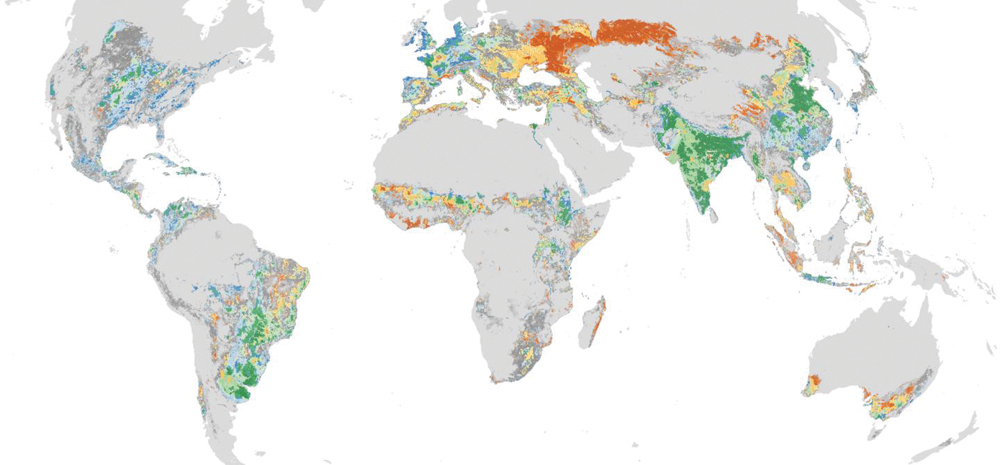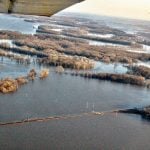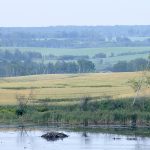Modern agriculture’s large monoculture fields grow a lot of grain. The outputs can be measured both in dollars paid in the market and also in non-market costs, known as externalities. Soil, nutrients, groundwater, pollinators, wildlife diversity, and habitat (among other things) can be lost when crop yields are maximized.
Now it appears that prairie strips have an extraordinary power to change this pattern.
A prairie strip is much what it sounds like: a strip of diverse vegetation running through a farm’s fields, recreating some of the benefits of the lost natural biosphere.
Read Also

Nanotechnology used to develop genetic pest control
Researchers from Agriculture and Agri-Food Canada are working with nanotechnology and RNA to develop new pest insect control methods as an alternative to chemical spray on crops.
Prairie plants are a mixture of native grasses, wildflowers, and other stiff-stemmed plants. They have deep roots that draw water and nutrients from far below the surface. They are perennials, returning to grow each spring.
“Research shows that areas of native prairie planted in the right places in a farm field can provide benefits that far outweigh losses from converting a small portion of a crop field to prairie,” said Lisa Schulte Moore of Iowa State University. “For example, when we work with farmers to site prairie strips on areas that were not profitable to farm, we can lower their financial costs while creating a wide variety of benefits.”
Schulte Moore says the strips can reduce soil loss by 95 per cent, reduce flooding and keep key nutrients like nitrogen and phosphorus from being lost.
It also leads to greater abundance and diversity of beneficial insects, pollinators such as bees and monarch butterflies, and birds.
Market benefits also exist: more productive soil in the fields can, in time, translate into better yields.















